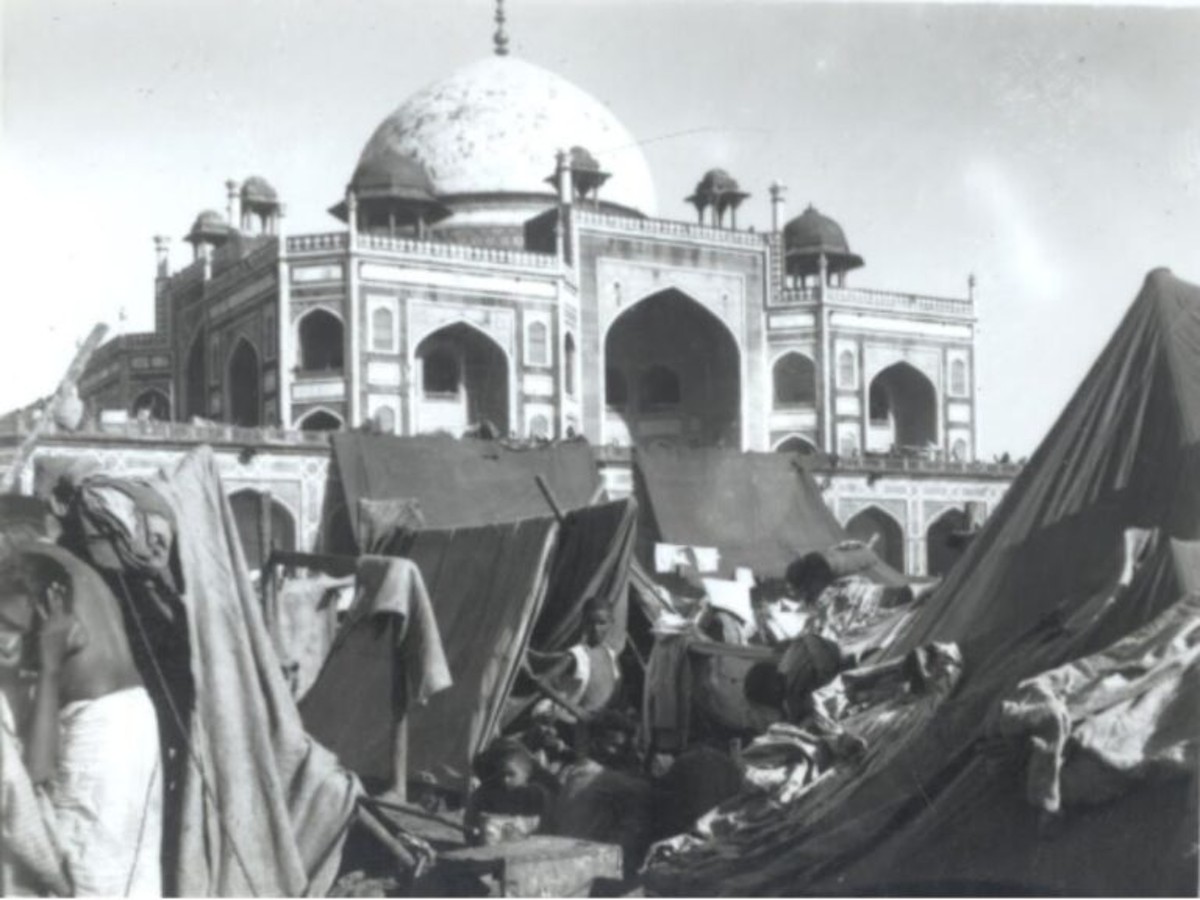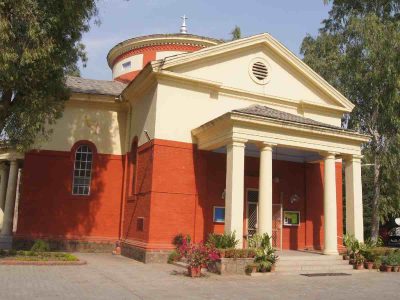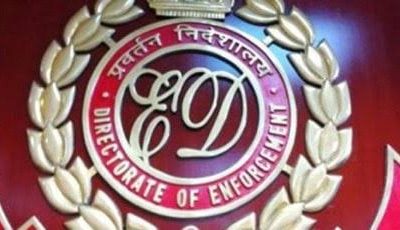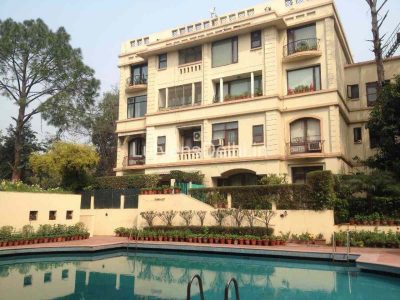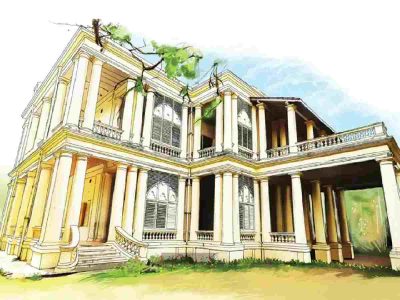Delhi is known for its rich heritage and history. A city constantly inhabited and plundered again and again with monuments dating back to different dynasties and their reigns. With a special mention of its tombs, mainly Humayun’s and Nawab Safdarjung’s mausoleums, it stood through a lot of ups and downs as a reminder of a long gone past.
Thus, the Archaeological Survey of India (ASI), in order to celebrate the 75th anniversary of India’s Independence, suspended ticketing at heritage sites and made entry free, making monuments accessible for the common people. The decision was warmly welcomed by citizens, and the first half of August registered a huge influx of visitors to these historic sites.
Among the visitors to these historic sites, there were people who have been to such monuments for the first time in their lives while a few were revisiting them with their own stories of being a refugee in their own country.
It is little known that these heritage sites of architectural beauty were once safe spaces and escapes from the horrors of Partition. Firstly, the Muslims of Delhi, who were forced to leave and abandon their houses and then the Hindus and Sikhs from the regions of Sindh and Punjab took refuge in a few of these monuments.
Kartar Singh, a man in his early thirties was one of such visitors. Now living in Defence Colony, Kartar is named after the great revolutionary Kartar Singh Sarabha and belongs to one of the families who took refuge in the complex of Humayun’s tomb.
“It’s a story, you might call it heart-wrenching or heart-breaking, but it is the reality”, stated Kartar in a conversation with Patriot. “We belonged to a village, not very far from the city of Lahore. My grandmother was from Rawalpindi; both the areas were once accessible. They say that when my grandparents were married in March 1947, our relatives from Amritsar and those living in Allahabad used to frequent our ancestral place for the preparations. Now, it’s all a dream, quite unbelievable”, he took a pause and gasped.
“It is almost impossible to believe that those who frequented the cities of Lahore and Rawalpindi from Amritsar and Allahabad, became foreigners for each other within a span of five months”, he continued. “I had the opportunity to play in the lap of my grandmother while growing up in Lajpat Nagar…the day of Independence as celebrated in my school was quite different from the way it was remembered in the household. The day wasn’t very happy for us, and now I understand why. There used to be a pooja every year, on the eve of 15 August, to remember the family members we lost during the course of India’s Partition”, he added.
“I’ll tell you what I heard from my grandmother. A newly-wed couple amid the riots, planned to leave their ancestral place and shift to Amritsar, where a few of our relatives were living at that point of time. But something happened…the very day when they were about to leave. I don’t know what…”
He added, “Dadi never mentioned what the incident was. Then they immediately planned to leave for Delhi, where the others were going as well. My grandfather, grandmother along with her younger sister and an aunt arrived safely to a place in the outskirts of Delhi, and then along with the others came to Safdarjung’s Tomb, the usual hangout place for today’s Delhi but was then merely a camp for refugees.”
“In the very same place, where lies buried one of the most known nobles of the Mughal Empire, died my grandmother’s younger sister. It took more than five years for my grandparents to settle in Delhi, away from the camps in Safdarjung, and then my father was born in 1953.”
Those were tough times. People were forced to leave their centuries-old homes for a place which was completely alien to them, and this happened on both sides of the border.
Kareem Malik Khan, now working in an IT company in Bangalore, recalls a similar anecdote from the oral archives of his family. In a conversation with Patriot, Kareem stated that his family belongs to an area quite near to that of today’s Lal Kuan in Old Delhi. “We are one of the fortunate people who despite being forced to leave their homeland, managed to remain in their own country. We lost our ancestral place but we retained the connections with our land”, stated Kareem.
He explained, “When the riots began and chances of our survival were almost zero, my grandfather decided to leave the city, and eventually move to Pakistan, as advised by his relatives. He never wanted to leave Delhi. The bond that my grandfather shared with Delhi was much of a mother and her child.”
He continued, “He left his home and took shelter in Humayun’s Tomb — the place where the last Mughal Emperor Bahadur Shah Zafar sought refuge. He lived in one of the camps with his family along with the other Muslims who were forced to abandon their houses.”
The others, including a lot of our relatives moved to Pakistan when the situation became calm, but my grandfather took a job in the Nizamuddin area and started living in a rented space, he added.
“My grandfather, whose name was Zafar as well, often used to say that he and the last Mughal Emperor are quite similar to each other, but he is the more fortunate. While both Zafar Malik Khan and Bahadur Shah Zafar were forced to leave their beloved abodes, they both sought refuge in Emperor Humayun’s mausoleum. Bahadur Shah, the unfortunate died in a foreign land, while Zafar Malik died in his own Delhi”, concluded Kareem.
For more stories that cover the ongoings of Delhi NCR, follow us on:
Instagram: instagram.com/thepatriot_in/
Twitter: twitter.com/Patriot_Delhi
Facebook: facebook.com/Thepatriotnewsindia

